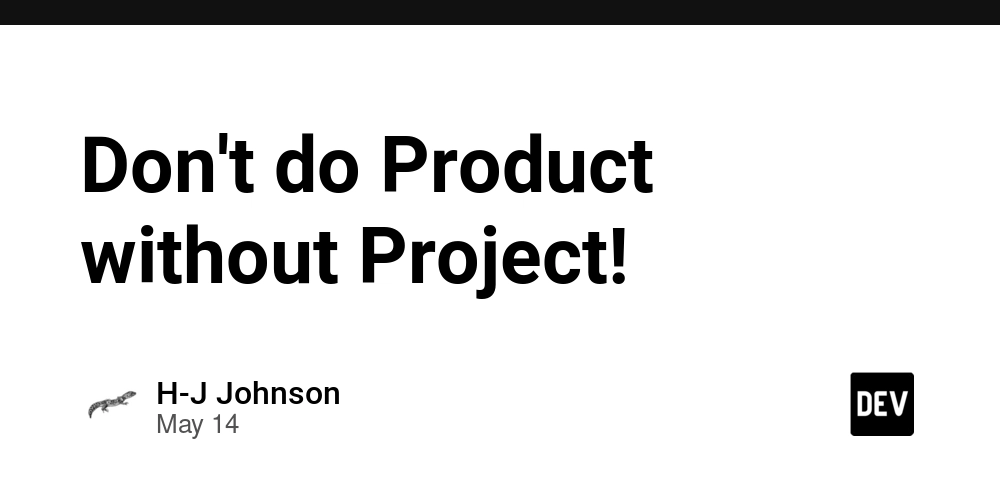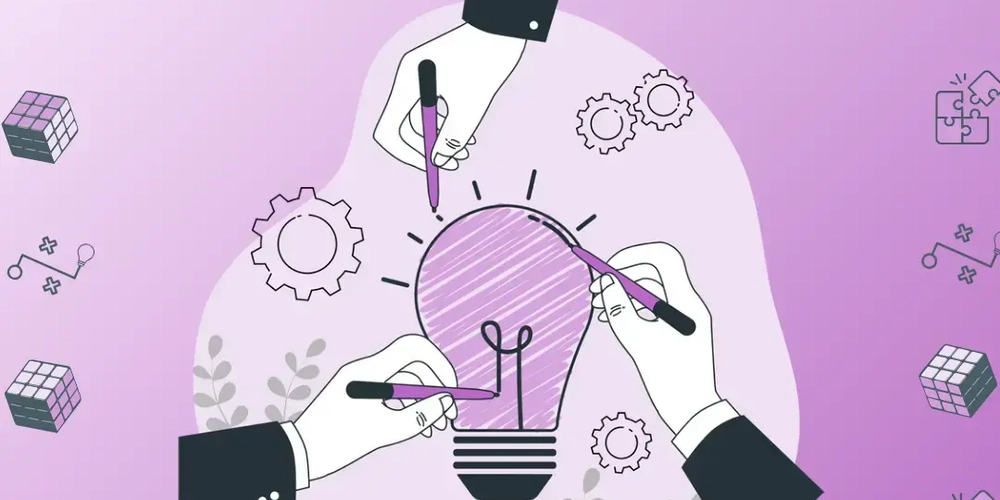Improving OCR Accuracy for Better Text Recognition
Improving OCR Accuracy for Better Text Recognition Optical Character Recognition (OCR) technology has revolutionised document digitisation, but its effectiveness ultimately depends on accuracy. Even small improvements in OCR accuracy can dramatically enhance the usability of digitised documents, reduce manual correction time, and increase the reliability of automated workflows. Understanding how to optimise the OCR process at every stage can help you achieve significantly better results. This comprehensive guide explores strategies and techniques for improving OCR accuracy, from document preparation and scanning to software settings and post-processing methods. Understanding OCR Accuracy Challenges Before diving into improvement techniques, let's understand what affects OCR accuracy: Common OCR Accuracy Issues Character Recognition Errors: Similar character confusion (0/O, 1/l/I, 5/S) Broken or fragmented characters Connected or touching characters Unusual fonts or stylised text Special characters and symbols Layout and Structure Problems: Multi-column text misinterpretation Table structure confusion Text flow and reading order errors Mixed text and graphics misidentification Header/footer incorporation into body text Image Quality Challenges: Low resolution or blurry images Noise, speckles, and artifacts Poor contrast or faded text Skewed or rotated text Background interference or patterns Measuring OCR Accuracy Accuracy Metrics: Character Error Rate (CER) Word Error Rate (WER) Confidence scores from OCR engines Page-level accuracy assessment Field-level accuracy for forms Testing and Benchmarking: Creating representative test documents Establishing accuracy baselines Comparative testing of different settings Measuring improvement increments Documenting optimal configurations Error Analysis Approaches: Identifying common error patterns Categorising error types Determining error frequency and impact Prioritising improvement efforts Tracking accuracy improvements Document Preparation and Scanning Optimising the first stages of the OCR process: Physical Document Optimisation Document Condition Improvement: Flattening creased or folded pages Cleaning dirty or smudged documents Repairing torn or damaged areas Creating clean photocopies of poor originals Using document presses for bound materials Contrast Enhancement Techniques: Photocopying with contrast adjustment Using coloured backgrounds for better separation Enhancing faded text when possible Creating high-contrast versions of problematic documents Removing or minimising background patterns Physical Handling Best Practices: Proper alignment on scanner bed Avoiding shadows and uneven lighting Preventing bleed-through from reverse sides Separating stuck pages carefully Handling fragile documents appropriately Scanner Settings Optimisation Resolution Selection: 300 DPI minimum for standard text 400-600 DPI for small text or complex documents Higher resolution for historical or degraded materials Balancing resolution with file size Testing optimal settings for specific document types Image Mode and Format: Black and white (1-bit) for clean text documents Grayscale for documents with shading or photos Colour only when colour information is essential TIFF format for lossless image quality Uncompressed or lossless compression options Scanner-Specific Adjustments: Brightness and contrast optimisation Threshold settings for black and white scanning Moiré pattern reduction for printed materials Descreening options for halftone images Colour dropout for form processing Using RevisePDF with Optimised Scans Preparing Scans for Upload: Visit RevisePDF.com Ensure optimal scan quality before uploading Organise documents for efficient processing Consider pre-processing for challenging documents Prepare appropriate metadata Processing Options Selection: Choose appropriate OCR settings Select correct language options Configure layout retention settings Set quality and accuracy preferences Enable special document type handling Verification and Refinement: Review initial OCR results Identify problem areas Adjust settings for improved results Process revised versions as needed Document optimal settings for future use Image Pre-processing Techniques Enhancing document images before OCR processing: Basic Image Enhancement Deskewing and Rotation: Correcting tilted or rotated pages Ensuring text lines are horizontal Fixing perspective distortion Straightening curved text lines Normalising page orientation Noise Reduction Methods: Removing speckles and dots Smoothing character edges Eliminating scanner artifacts Reducing background texture Cleaning up border areas Contrast and Brightness Adjustment: Enhancing text-to-background contrast Normalising brightness across
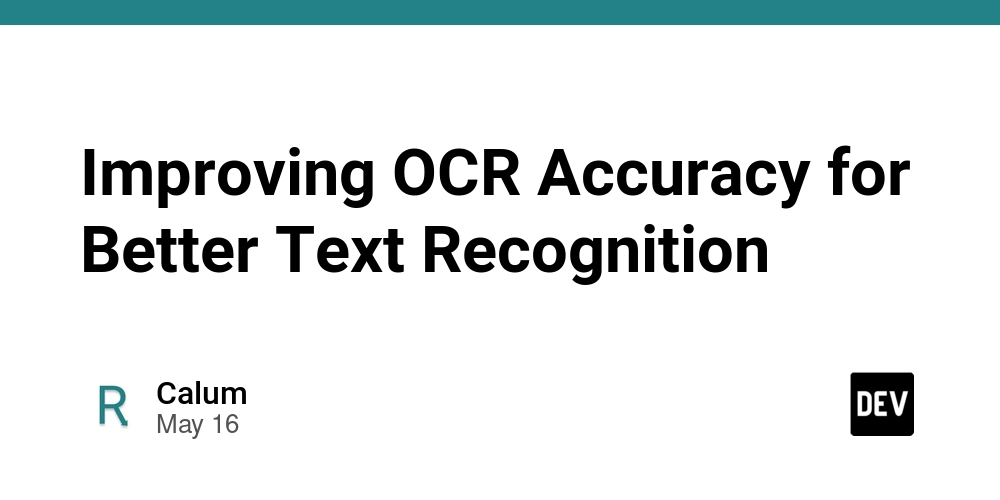
Improving OCR Accuracy for Better Text Recognition
Optical Character Recognition (OCR) technology has revolutionised document digitisation, but its effectiveness ultimately depends on accuracy. Even small improvements in OCR accuracy can dramatically enhance the usability of digitised documents, reduce manual correction time, and increase the reliability of automated workflows. Understanding how to optimise the OCR process at every stage can help you achieve significantly better results.
This comprehensive guide explores strategies and techniques for improving OCR accuracy, from document preparation and scanning to software settings and post-processing methods.
Understanding OCR Accuracy Challenges
Before diving into improvement techniques, let's understand what affects OCR accuracy:
Common OCR Accuracy Issues
-
Character Recognition Errors:
- Similar character confusion (0/O, 1/l/I, 5/S)
- Broken or fragmented characters
- Connected or touching characters
- Unusual fonts or stylised text
- Special characters and symbols
-
Layout and Structure Problems:
- Multi-column text misinterpretation
- Table structure confusion
- Text flow and reading order errors
- Mixed text and graphics misidentification
- Header/footer incorporation into body text
-
Image Quality Challenges:
- Low resolution or blurry images
- Noise, speckles, and artifacts
- Poor contrast or faded text
- Skewed or rotated text
- Background interference or patterns
Measuring OCR Accuracy
-
Accuracy Metrics:
- Character Error Rate (CER)
- Word Error Rate (WER)
- Confidence scores from OCR engines
- Page-level accuracy assessment
- Field-level accuracy for forms
-
Testing and Benchmarking:
- Creating representative test documents
- Establishing accuracy baselines
- Comparative testing of different settings
- Measuring improvement increments
- Documenting optimal configurations
-
Error Analysis Approaches:
- Identifying common error patterns
- Categorising error types
- Determining error frequency and impact
- Prioritising improvement efforts
- Tracking accuracy improvements
Document Preparation and Scanning
Optimising the first stages of the OCR process:
Physical Document Optimisation
-
Document Condition Improvement:
- Flattening creased or folded pages
- Cleaning dirty or smudged documents
- Repairing torn or damaged areas
- Creating clean photocopies of poor originals
- Using document presses for bound materials
-
Contrast Enhancement Techniques:
- Photocopying with contrast adjustment
- Using coloured backgrounds for better separation
- Enhancing faded text when possible
- Creating high-contrast versions of problematic documents
- Removing or minimising background patterns
-
Physical Handling Best Practices:
- Proper alignment on scanner bed
- Avoiding shadows and uneven lighting
- Preventing bleed-through from reverse sides
- Separating stuck pages carefully
- Handling fragile documents appropriately
Scanner Settings Optimisation
-
Resolution Selection:
- 300 DPI minimum for standard text
- 400-600 DPI for small text or complex documents
- Higher resolution for historical or degraded materials
- Balancing resolution with file size
- Testing optimal settings for specific document types
-
Image Mode and Format:
- Black and white (1-bit) for clean text documents
- Grayscale for documents with shading or photos
- Colour only when colour information is essential
- TIFF format for lossless image quality
- Uncompressed or lossless compression options
-
Scanner-Specific Adjustments:
- Brightness and contrast optimisation
- Threshold settings for black and white scanning
- Moiré pattern reduction for printed materials
- Descreening options for halftone images
- Colour dropout for form processing
Using RevisePDF with Optimised Scans
-
Preparing Scans for Upload:
- Visit RevisePDF.com
- Ensure optimal scan quality before uploading
- Organise documents for efficient processing
- Consider pre-processing for challenging documents
- Prepare appropriate metadata
-
Processing Options Selection:
- Choose appropriate OCR settings
- Select correct language options
- Configure layout retention settings
- Set quality and accuracy preferences
- Enable special document type handling
-
Verification and Refinement:
- Review initial OCR results
- Identify problem areas
- Adjust settings for improved results
- Process revised versions as needed
- Document optimal settings for future use
Image Pre-processing Techniques
Enhancing document images before OCR processing:
Basic Image Enhancement
-
Deskewing and Rotation:
- Correcting tilted or rotated pages
- Ensuring text lines are horizontal
- Fixing perspective distortion
- Straightening curved text lines
- Normalising page orientation
-
Noise Reduction Methods:
- Removing speckles and dots
- Smoothing character edges
- Eliminating scanner artifacts
- Reducing background texture
- Cleaning up border areas
-
Contrast and Brightness Adjustment:
- Enhancing text-to-background contrast
- Normalising brightness across the page
- Adjusting threshold for binary images
- Enhancing faded or light text
- Equalising uneven illumination
Advanced Image Processing
-
Binarisation Techniques:
- Global vs. adaptive thresholding
- Otsu's method for optimal threshold
- Sauvola and Niblack algorithms for local adaptation
- Hybrid binarisation approaches
- Document-specific threshold optimisation
-
Morphological Operations:
- Erosion and dilation for character enhancement
- Opening and closing for noise reduction
- Connected component analysis
- Character stroke normalisation
- Skeleton and thinning operations
-
Specialised Enhancement Methods:
- Deblurring techniques for unfocused images
- Super-resolution for low-resolution scans
- Background removal and cleaning
- Line and border removal
- Halftone pattern elimination
Document-Specific Processing
-
Form and Table Enhancement:
- Grid line detection and removal
- Form structure preservation
- Cell content isolation
- Table structure recognition
- Form field identification
-
Mixed Content Handling:
- Text and image separation
- Graphic element isolation
- Caption and label preservation
- Maintaining spatial relationships
- Zone-specific processing
-
Historical Document Techniques:
- Specialised enhancement for aged paper
- Handling sepia and faded documents
- Dealing with bleed-through and stains
- Manuscript-specific processing
- Degradation correction methods
OCR Engine Configuration
Optimising software settings for maximum accuracy:
Language and Font Settings
-
Language Selection:
- Choosing correct primary language
- Configuring multiple language detection
- Setting language priority for mixed documents
- Using specialised language models
- Creating custom dictionaries
-
Font Recognition Options:
- Training for specific fonts
- Historical or unusual font handling
- Font style and size considerations
- Serif vs. sans-serif optimisation
- Monospaced font detection
-
Character Set Configuration:
- Special character recognition
- Extended character set support
- Symbol and notation handling
- Mathematical formula recognition
- Industry-specific character sets
Recognition Engine Tuning
-
Accuracy vs. Speed Balancing:
- Setting recognition quality level
- Configuring processing thoroughness
- Multiple engine pass options
- Recognition confidence thresholds
- Processing time allocation
-
Pattern Recognition Adjustments:
- Feature detection sensitivity
- Pattern matching tolerance
- Character segmentation settings
- Touching character separation
- Broken character connection
-
Advanced Engine Parameters:
- Neural network confidence thresholds
- Dictionary lookup aggressiveness
- Context analysis strength
- Voting between multiple engines
- Adaptive recognition settings
Document Type Optimisation
-
Layout Analysis Settings:
- Page segmentation method selection
- Column detection sensitivity
- Reading order determination
- Text block identification
- Non-text element handling
-
Document Type-Specific Profiles:
- Book and magazine optimisation
- Form and invoice settings
- Newspaper and multi-column configuration
- Technical document handling
- Handwriting recognition parameters
-
Using RevisePDF Engine Options:
- Selecting document type presets
- Configuring recognition parameters
- Setting accuracy preferences
- Enabling specialised processing
- Saving custom configurations
Post-Processing and Correction
Enhancing accuracy after initial OCR processing:
Automated Correction Methods
-
Dictionary-Based Correction:
- Spell checking against standard dictionaries
- Domain-specific terminology verification
- Proper noun and name recognition
- Abbreviation and acronym handling
- Custom dictionary implementation
-
Context-Based Verification:
- Grammar checking for sentence coherence
- Contextual word verification
- Phrase-level consistency checking
- Statistical language models
- N-gram analysis for word prediction
-
Pattern-Based Correction:
- Common OCR error pattern replacement
- Regular expression-based correction
- Format-specific validation (dates, numbers, etc.)
- Character substitution rules
- Consistent error correction
Manual Review and Correction
-
Efficient Proofreading Approaches:
- Focusing on low-confidence results
- Using side-by-side comparison views
- Implementing keyboard shortcuts
- Leveraging search and replace
- Creating correction macros
-
Collaborative Correction:
- Distributed proofreading workflows
- Role-based correction assignments
- Progress tracking and management
- Quality control and verification
- Correction consistency guidelines
-
Verification Techniques:
- Double-key verification
- Sampling-based quality assessment
- Critical content focused review
- Progressive quality improvement
- Error pattern identification
Learning and Improvement Systems
-
Adaptive Recognition:
- Training OCR engines with corrections
- Building custom recognition patterns
- Creating user dictionaries from corrections
- Improving recognition through feedback
- Developing document-specific training
-
Error Pattern Analysis:
- Tracking common misrecognitions
- Creating automated correction rules
- Developing pre-processing improvements
- Identifying systematic issues
- Implementing targeted enhancements
-
Continuous Improvement Processes:
- Documenting accuracy improvements
- Building knowledge bases of solutions
- Sharing best practices
- Implementing process refinements
- Measuring and tracking progress
Advanced Accuracy Enhancement Techniques
Sophisticated approaches for challenging documents:
Multiple Engine Approaches
-
Voting and Consensus Methods:
- Processing with multiple OCR engines
- Character-level voting between results
- Confidence-weighted selection
- Best-result determination
- Combined output generation
-
Specialised Engine Selection:
- Choosing engines for specific document types
- Language-optimised engine selection
- Historical document specialisation
- Handwriting recognition engines
- Technical document processing
-
Hybrid Processing Workflows:
- Zone-based engine assignment
- Sequential multi-engine processing
- Confidence-based engine switching
- Complementary engine strengths
- Optimal engine combination strategies
Machine Learning Enhancements
-
Custom Model Training:
- Creating document-specific training data
- Fine-tuning recognition models
- Developing specialised classifiers
- Training for unusual fonts or styles
- Domain-specific model optimisation
-
Deep Learning Applications:
- CNN-based character recognition
- RNN and LSTM for context understanding
- Attention mechanisms for focused recognition
- Transfer learning from pre-trained models
- End-to-end trainable OCR systems
-
Adaptive Processing:
- Dynamic parameter adjustment
- Content-based processing selection
- Feedback-driven improvement
- Progressive learning systems
- Self-optimising workflows
Document-Specific Strategies
-
Historical Document Approaches:
- Period-specific language models
- Historical font recognition
- Degradation-tolerant processing
- Manuscript-specific techniques
- Cultural and linguistic adaptation
-
Technical Document Processing:
- Formula and equation recognition
- Technical symbol handling
- Diagram and schematic processing
- Code and programming text recognition
- Scientific notation handling
-
Handwriting Recognition Optimisation:
- Writer-independent recognition
- Cursive script handling
- Connected writing segmentation
- Personal style adaptation
- Context-based interpretation
Implementing OCR Accuracy Improvements
Practical approaches for different scenarios:
Small-Scale Implementation
-
Individual Document Optimisation:
- Document-specific enhancement
- Targeted pre-processing
- Custom recognition settings
- Manual verification and correction
- Iterative improvement approach
-
Personal Workflow Development:
- Creating consistent processing steps
- Documenting effective settings
- Building personal reference materials
- Developing efficient correction techniques
- Tracking improvement results
-
Using RevisePDF for Individual Documents:
- Applying document-specific settings
- Utilising enhancement options
- Selecting appropriate processing profiles
- Verifying and correcting results
- Saving optimal configurations
Enterprise-Scale Accuracy Improvement
-
Standardised Process Development:
- Creating document type taxonomies
- Developing standard processing profiles
- Implementing quality control procedures
- Establishing accuracy benchmarks
- Documenting best practices
-
Workflow Integration:
- Embedding quality checks in processes
- Implementing exception handling
- Creating verification workflows
- Developing feedback mechanisms
- Building continuous improvement cycles
-
Training and Knowledge Management:
- Staff training on accuracy improvement
- Creating knowledge repositories
- Sharing effective techniques
- Documenting solution patterns
- Building institutional expertise
Cost-Benefit Considerations
-
Accuracy vs. Effort Balance:
- Determining required accuracy levels
- Assessing improvement costs
- Evaluating manual correction trade-offs
- Identifying diminishing returns
- Focusing efforts on high-value content
-
Resource Allocation Strategies:
- Prioritising critical documents
- Implementing tiered accuracy approaches
- Balancing automated and manual methods
- Optimising processing investment
- Measuring ROI on accuracy improvements
-
Long-term Accuracy Planning:
- Building sustainable improvement processes
- Developing accuracy maintenance strategies
- Planning technology upgrades
- Creating continuous evaluation methods
- Establishing accuracy standards
Industry-Specific Accuracy Considerations
Tailored approaches for different document types:
Legal and Compliance Documents
-
Critical Accuracy Requirements:
- Ensuring contractual term precision
- Verifying numerical data accuracy
- Maintaining legal language integrity
- Preserving formatting and structure
- Implementing multi-level verification
-
Legal-Specific Techniques:
- Legal terminology dictionaries
- Citation and reference verification
- Paragraph and section numbering preservation
- Signature and attestation handling
- Redaction and sensitive content processing
-
Compliance Documentation:
- Regulatory terminology accuracy
- Form field precise recognition
- Date and identifier verification
- Structured data extraction validation
- Audit trail and verification documentation
Financial and Numerical Documents
-
Number Recognition Optimisation:
- Digit recognition enhancement
- Decimal and comma handling
- Currency symbol processing
- Table structure preservation
- Mathematical operation recognition
-
Financial Document Techniques:
- Invoice field identification
- Amount and total verification
- Account number validation
- Date format standardisation
- Financial terminology dictionaries
-
Data Validation Approaches:
- Checksum and validation algorithms
- Cross-field consistency checking
- Mathematical relationship verification
- Format-specific validation
- Reference data comparison
Historical and Cultural Archives
-
Historical Text Challenges:
- Archaic language and spelling
- Historical typography handling
- Period-specific abbreviations
- Cultural context consideration
- Linguistic evolution accommodation
-
Preservation Considerations:
- Non-destructive processing methods
- Handling fragile materials
- Capturing original appearance
- Documenting recognition limitations
- Maintaining scholarly integrity
-
Cultural Adaptation:
- Script and writing system specialisation
- Cultural context awareness
- Regional variation handling
- Traditional vs. simplified character processing
- Cultural terminology preservation
Conclusion
Improving OCR accuracy is a multifaceted process that spans from initial document preparation through scanning, pre-processing, engine configuration, and post-processing correction. By implementing targeted improvements at each stage, you can achieve significantly better text recognition results that reduce manual correction time and enhance the usability of your digitised documents.
Whether you're processing a few personal documents or implementing an enterprise-scale digitisation project, the strategies and techniques outlined in this guide can help you achieve optimal OCR accuracy. Remember that the most effective approach often combines multiple methods tailored to your specific document types and accuracy requirements.
Tools like RevisePDF provide powerful OCR capabilities with numerous options for enhancing accuracy, making sophisticated text recognition accessible without specialised software or technical expertise. By leveraging these capabilities and implementing the best practices described in this guide, you can transform even challenging documents into highly accurate searchable text.
Need to improve the accuracy of your OCR results? Visit RevisePDF.com for easy-to-use tools that provide high-quality text recognition with advanced accuracy enhancement options, all without specialised software or technical expertise.








![Epic Games: Fortnite is offline for Apple devices worldwide after app store rejection [updated]](https://helios-i.mashable.com/imagery/articles/00T6DmFkLaAeJiMZlCJ7eUs/hero-image.fill.size_1200x675.v1747407583.jpg)































































































































































![[The AI Show Episode 146]: Rise of “AI-First” Companies, AI Job Disruption, GPT-4o Update Gets Rolled Back, How Big Consulting Firms Use AI, and Meta AI App](https://www.marketingaiinstitute.com/hubfs/ep%20146%20cover.png)

















































































































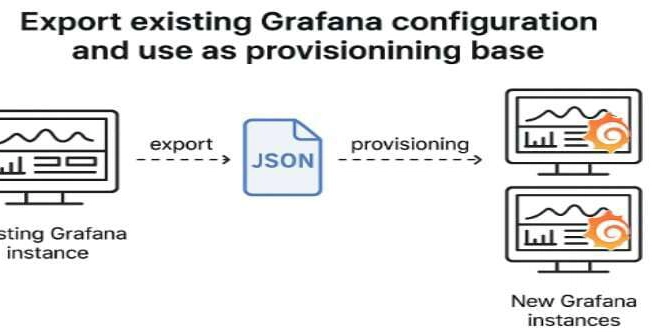


















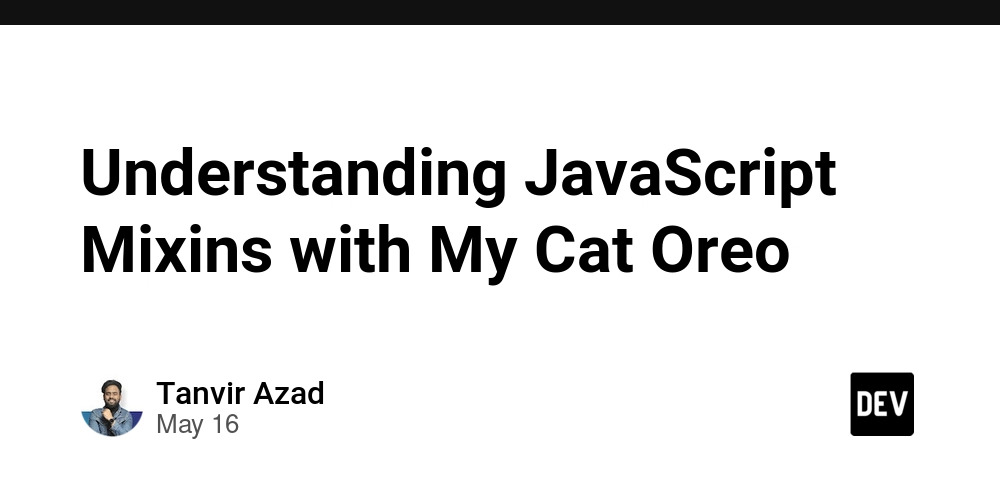






















































































![AI Darth Vader Voiced By Fake James Earl Jones Has Been Added To Fortnite And He Already Said 'F***' [Update]](https://i.kinja-img.com/image/upload/c_fill,h_675,pg_1,q_80,w_1200/973fa14ae5d73af90b27df321d80b6c9.png)






















.png?width=1920&height=1920&fit=bounds&quality=70&format=jpg&auto=webp#)

.png?width=1920&height=1920&fit=bounds&quality=70&format=jpg&auto=webp#)


















_Sergey_Tarasov_Alamy.jpg?width=1280&auto=webp&quality=80&disable=upscale#)
_Aleksey_Funtap_Alamy.jpg?width=1280&auto=webp&quality=80&disable=upscale#)














































































-xl-(1)-xl-xl.jpg)









![Apple Pay and Apple Cash are down for many iPhone users [U: Fixed]](https://i0.wp.com/9to5mac.com/wp-content/uploads/sites/6/2021/10/apple-pay-header.jpg?resize=1200%2C628&quality=82&strip=all&ssl=1)
















![iPhone 17 Air Could Get a Boost From TDK's New Silicon Battery Tech [Report]](https://www.iclarified.com/images/news/97344/97344/97344-640.jpg)
![Vision Pro Owners Say They Regret $3,500 Purchase [WSJ]](https://www.iclarified.com/images/news/97347/97347/97347-640.jpg)
![Apple Showcases 'Magnifier on Mac' and 'Music Haptics' Accessibility Features [Video]](https://www.iclarified.com/images/news/97343/97343/97343-640.jpg)
![Sony WH-1000XM6 Unveiled With Smarter Noise Canceling and Studio-Tuned Sound [Video]](https://www.iclarified.com/images/news/97341/97341/97341-640.jpg)








































![Apple Stops Signing iPadOS 17.7.7 After Reports of App Login Issues [Updated]](https://images.macrumors.com/t/DoYicdwGvOHw-VKkuNvoxYs3pfo=/1920x/article-new/2023/06/ipados-17.jpg)

![Apple Pay, Apple Card, Wallet and Apple Cash Currently Experiencing Service Issues [Update: Fixed]](https://images.macrumors.com/t/RQPLZ_3_iMyj3evjsWnMLVwPdyA=/1600x/article-new/2023/11/apple-pay-feature-dynamic-island.jpg)























